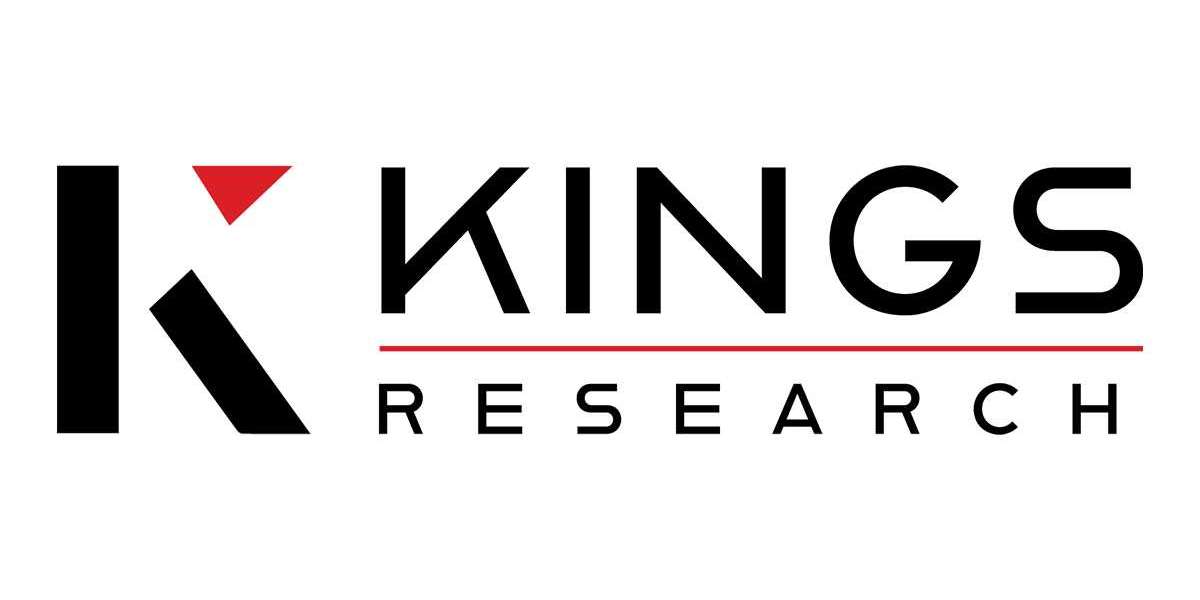The dairy industry is undergoing a significant transformation thanks to the advent of daily milk delivery apps. These apps are not only providing convenience to consumers but are also streamlining operations for dairy farmers and distributors. In this blog, we will explore five ways daily milk delivery apps are revolutionizing the dairy industry.
Enhancing Consumer Convenience
On-Demand Delivery Services
Milk delivery apps have made it incredibly convenient for consumers to receive fresh milk right at their doorstep. With just a few taps on their smartphones, users can schedule deliveries at their preferred times, ensuring they never run out of milk. This on-demand service eliminates the need for consumers to visit grocery stores, saving them time and effort.
Subscription Models
Many milk delivery apps offer subscription models that allow consumers to set up regular deliveries. This ensures a consistent supply of milk without the hassle of placing individual orders. Subscription models are particularly beneficial for families and individuals with busy schedules, providing a seamless and reliable way to get fresh milk.
Improving Supply Chain Efficiency
Direct Farm-to-Consumer Model
Milk delivery apps often operate on a direct farm-to-consumer model, which reduces the number of intermediaries involved in the supply chain. This not only ensures fresher products but also allows farmers to receive better prices for their produce. By cutting out the middlemen, milk delivery apps are making the supply chain more efficient and cost-effective.
Real-Time Tracking and Inventory Management
These apps also incorporate advanced tracking and inventory management systems. Farmers and distributors can monitor stock levels in real-time, reducing the risk of overproduction or shortages. This enhanced visibility helps in making informed decisions, optimizing the supply chain, and minimizing waste.
Ensuring Quality and Freshness
Temperature-Controlled Deliveries
Maintaining the quality and freshness of milk is crucial. Milk delivery apps often use temperature-controlled vehicles to ensure that the milk stays fresh during transit. This technology helps maintain the nutritional value and taste of the milk, providing consumers with a high-quality product.
Regular Quality Checks
Milk delivery apps typically implement stringent quality control measures. Regular checks are conducted at various stages of the supply chain to ensure that the milk meets high standards. These checks help in maintaining consumer trust and satisfaction by delivering consistently fresh and safe milk.
Offering Personalized Services
Customizable Delivery Options
Milk delivery apps offer customizable delivery options to cater to individual consumer preferences. Customers can choose their preferred delivery times, specify the quantity of milk, and even select the type of milk (such as whole, skimmed, or organic). This level of personalization enhances the user experience and meets the diverse needs of consumers.
Additional Dairy Products
In addition to milk, many delivery apps offer a range of dairy products such as cheese, yogurt, butter, and more. By providing a variety of products, these apps cater to a broader audience and increase their market reach. Consumers appreciate the convenience of ordering all their dairy needs from a single platform.
Promoting Sustainability and Local Sourcing
Supporting Local Dairy Farms
Milk delivery apps often partner with local dairy farms, promoting sustainable and locally sourced products. This support helps small-scale farmers thrive and contributes to the local economy. Consumers are increasingly conscious of where their food comes from, and this focus on local sourcing appeals to environmentally and socially responsible customers.
Reducing Carbon Footprint
By optimizing delivery routes and using eco-friendly packaging, milk delivery apps are reducing their carbon footprint. Efficient logistics and reduced food miles contribute to a more sustainable dairy industry. These efforts resonate with consumers who prioritize sustainability in their purchasing decisions.
Conclusion
Milk delivery apps are revolutionizing the dairy industry by enhancing consumer convenience, improving supply chain efficiency, ensuring quality and freshness, offering personalized services, and promoting sustainability and local sourcing. These apps are not only transforming the way consumers buy milk but are also providing significant benefits to farmers and distributors.
The direct farm-to-consumer model and real-time tracking systems streamline operations and reduce costs, while customizable delivery options and a variety of dairy products enhance the consumer experience. Additionally, the focus on supporting local dairy farms and reducing the carbon footprint aligns with the growing demand for sustainable and ethical products.
As the dairy industry continues to evolve, milk delivery apps are poised to play a crucial role in shaping its future. By leveraging technology and innovative business models, these apps are creating a more efficient, sustainable, and consumer-friendly dairy supply chain. Whether you are a consumer looking for convenience, a farmer seeking better market access, or an on-demand app development company aiming to optimize operations, milk delivery apps offer a compelling solution that meets the needs of all stakeholders in the dairy industry.
In summary, the revolution brought about by milk delivery apps is multifaceted, driving improvements in every aspect of the dairy supply chain. As more consumers and businesses embrace this technology, the dairy industry will continue to see significant advancements, ensuring a brighter and more sustainable future for all involved.







